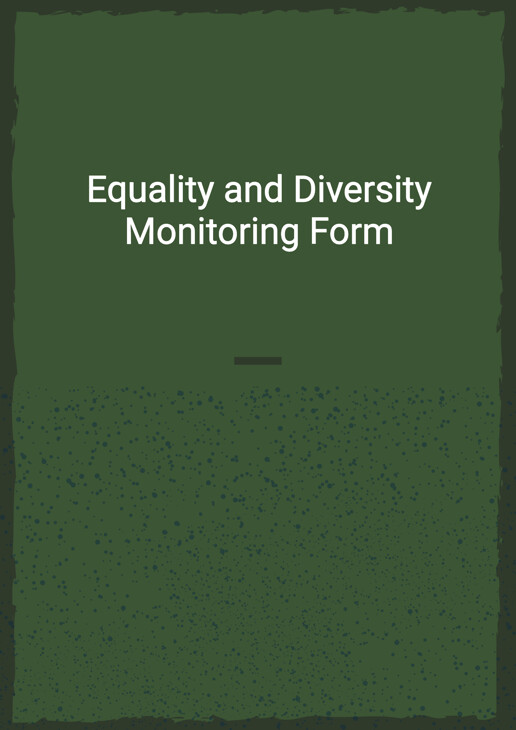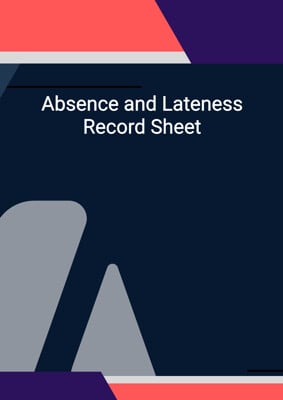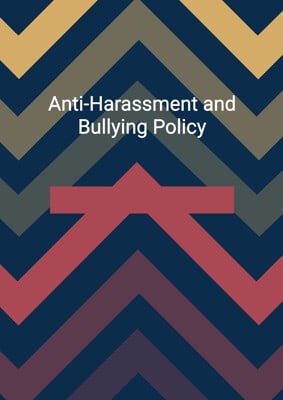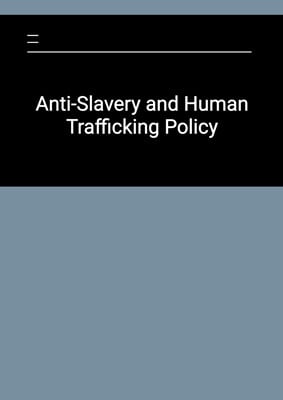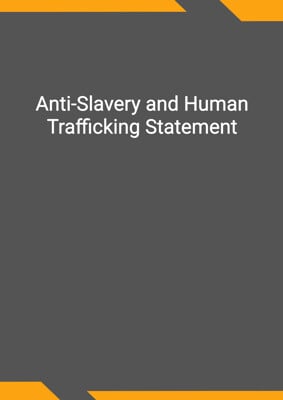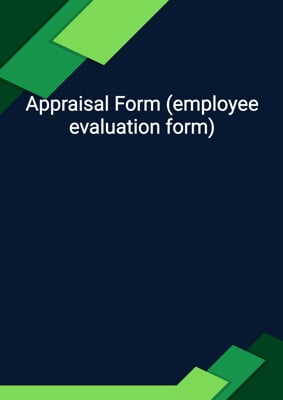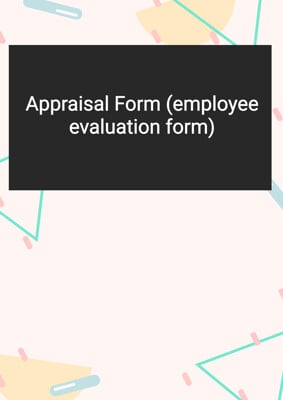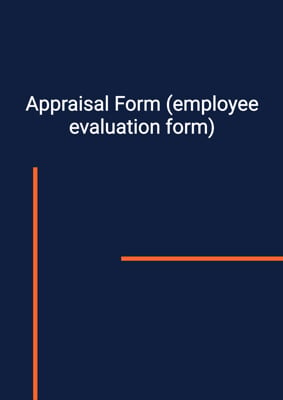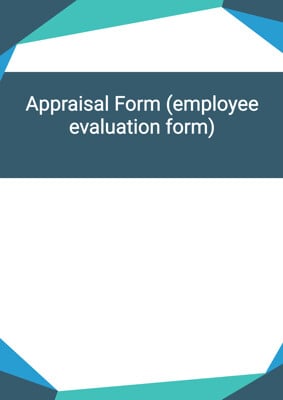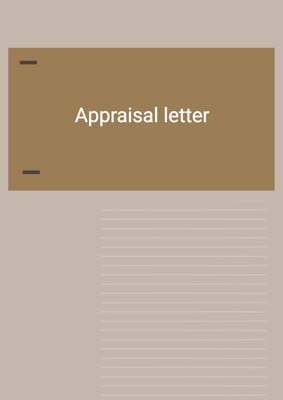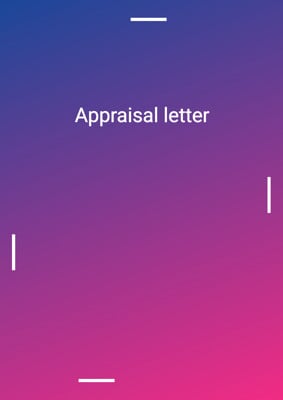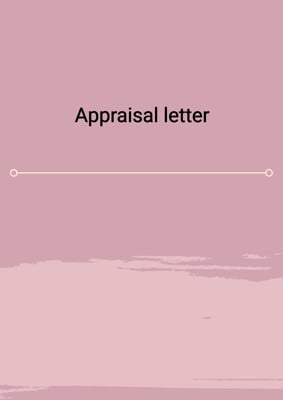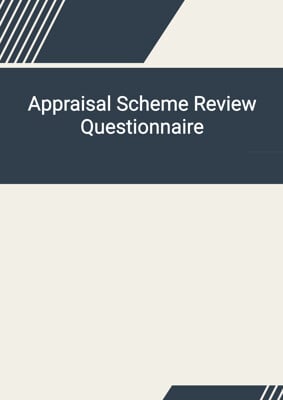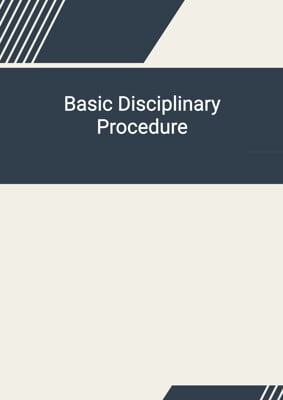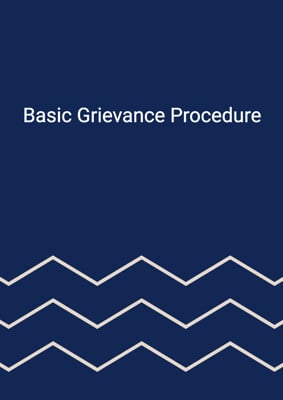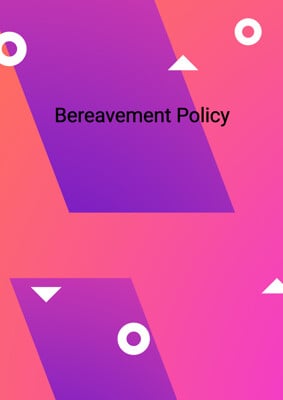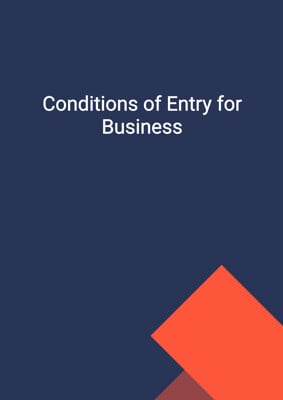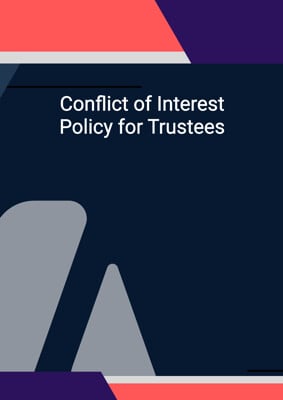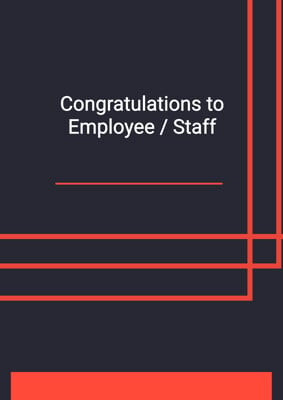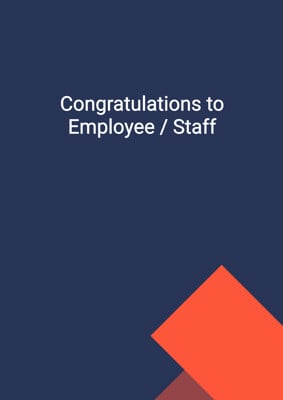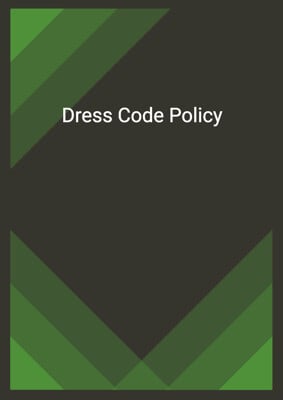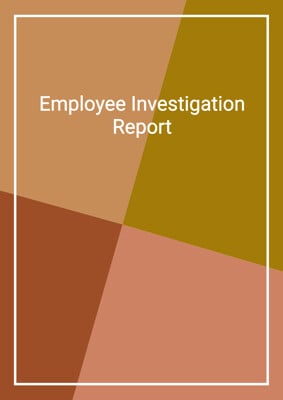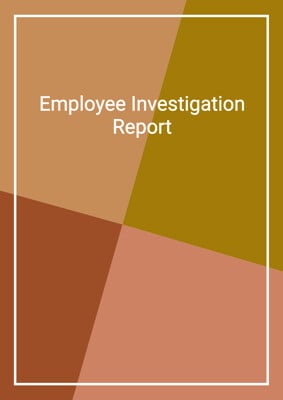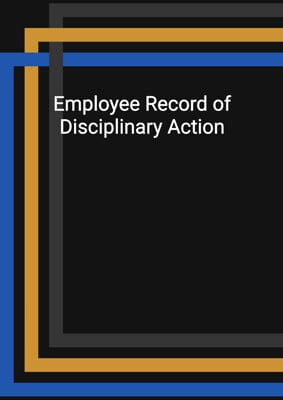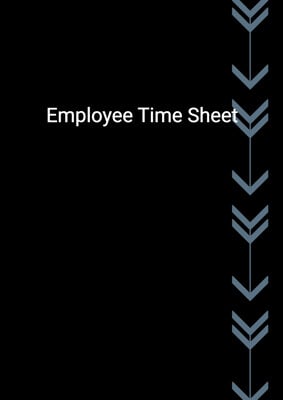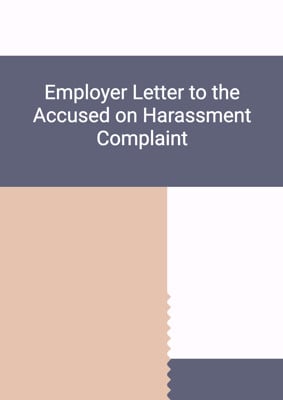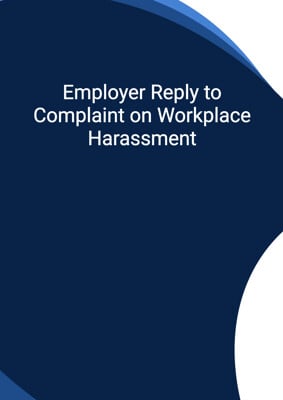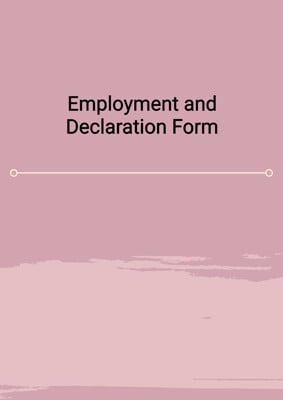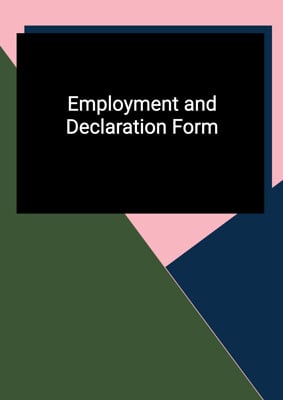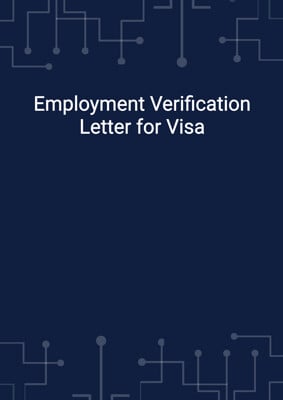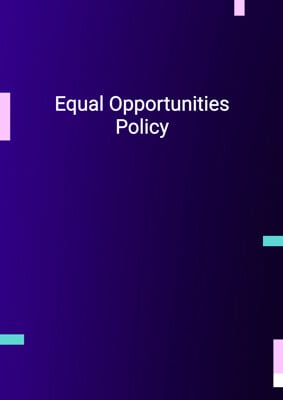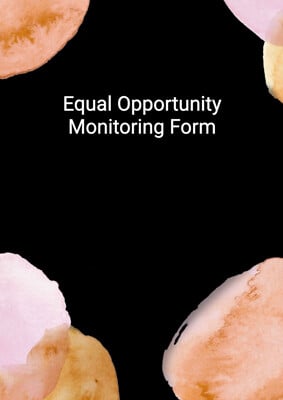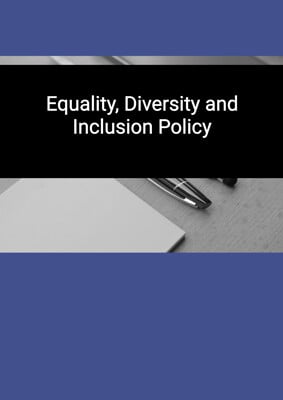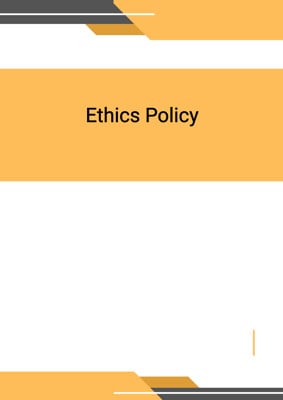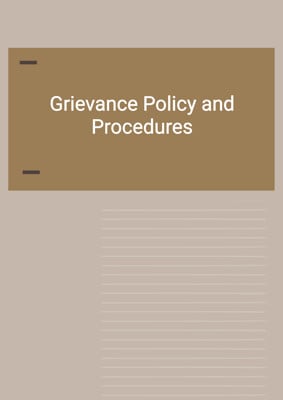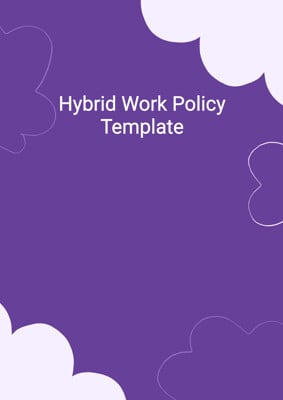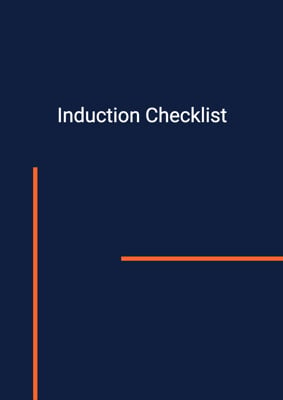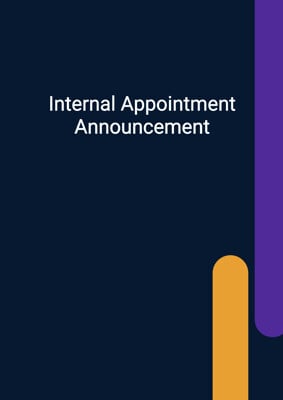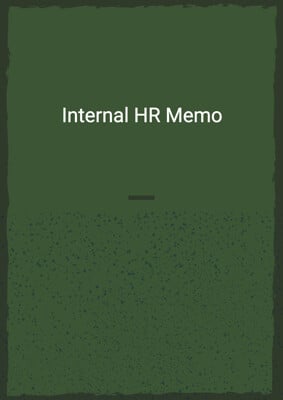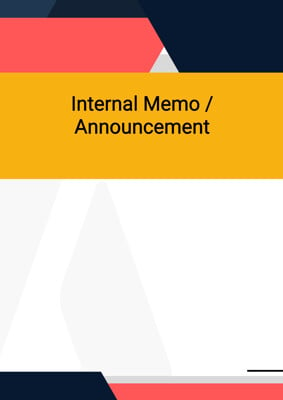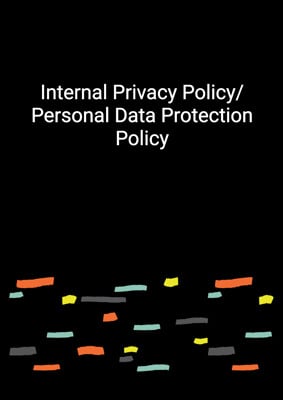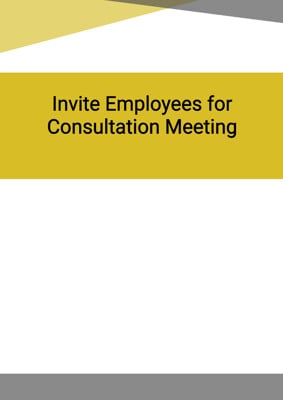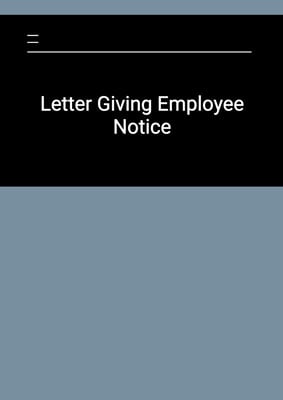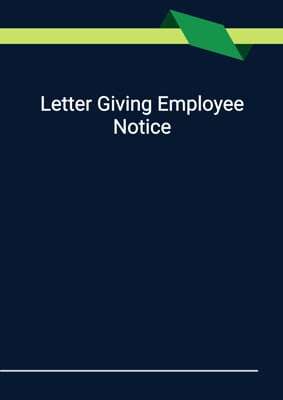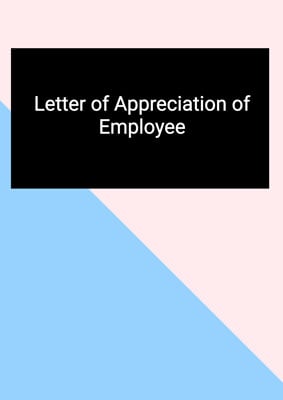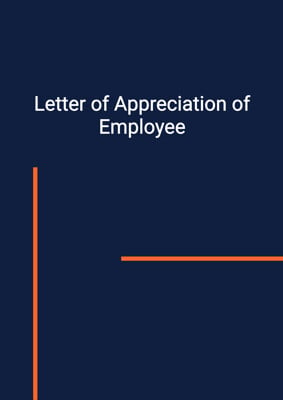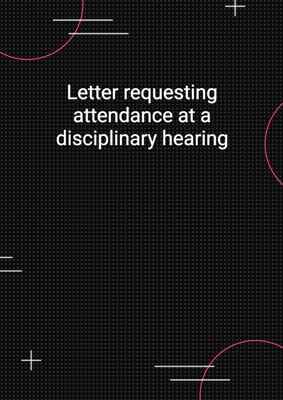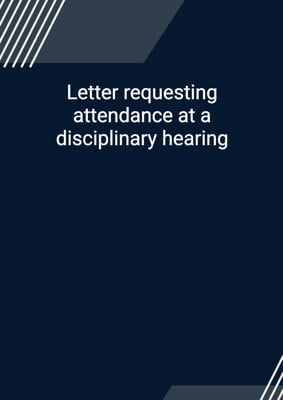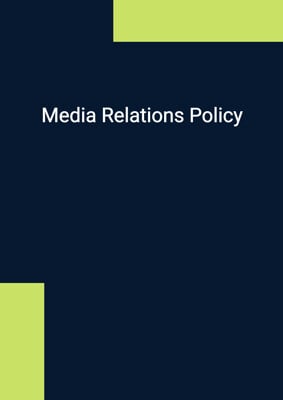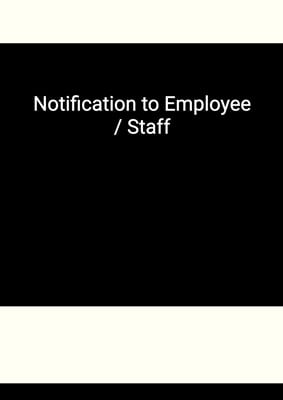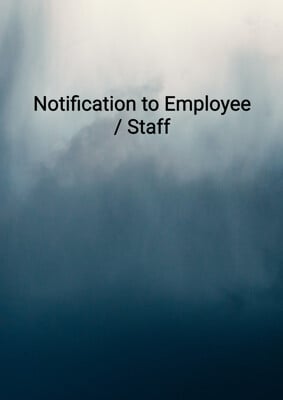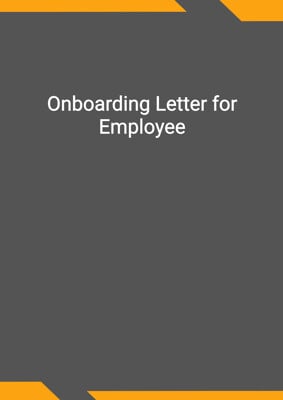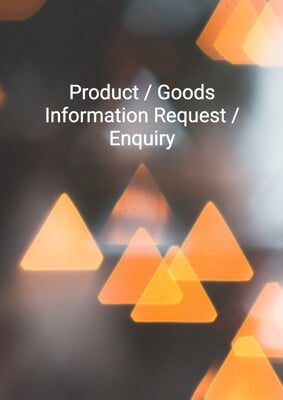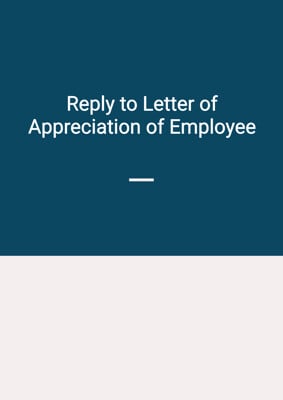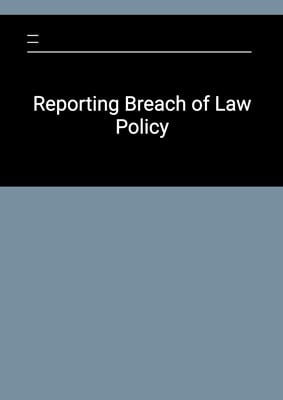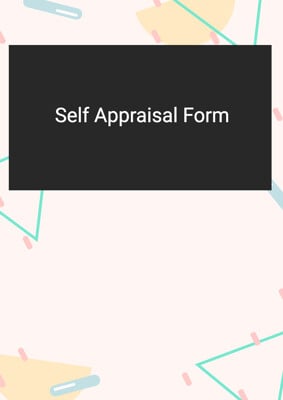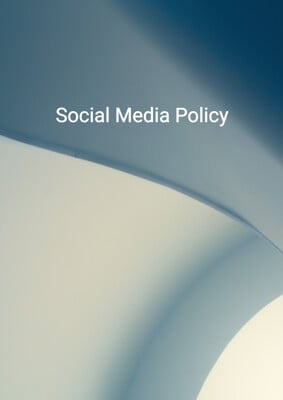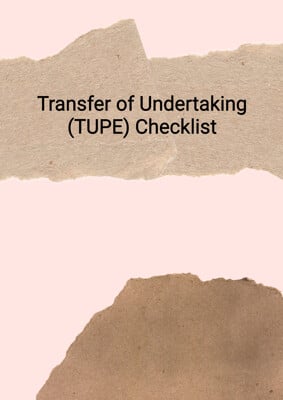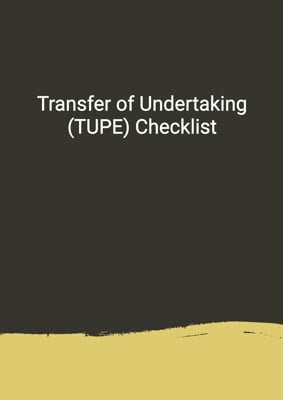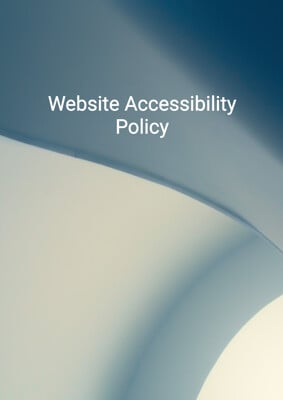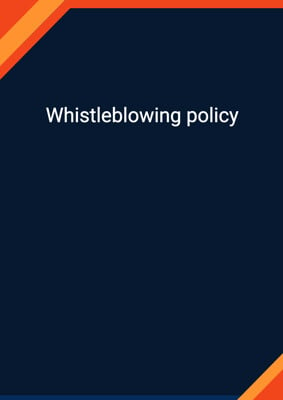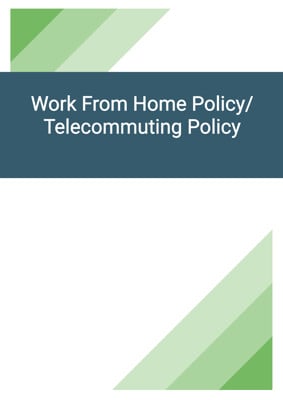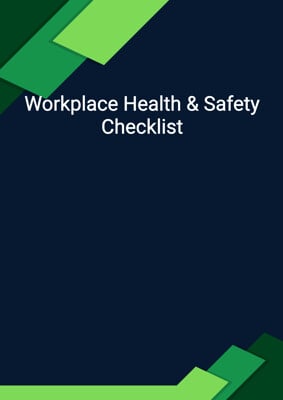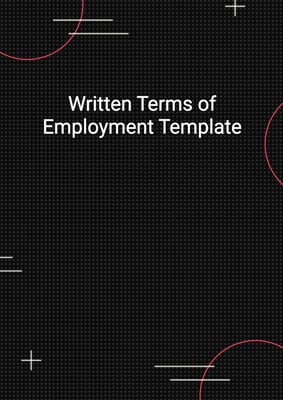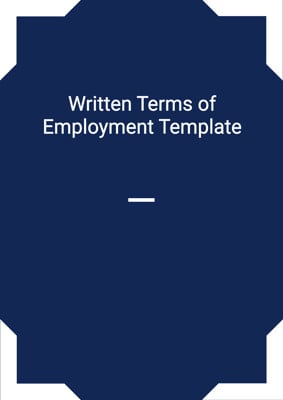How to Tailor the Document for Your Need?
01
Create Document
Click "Create Document" button and the document will be prepared with your account details automatically filled in.
02
Fill Information
Please fill in any additional information by following the step-by-step guide on the left hand side of the preview document and click the "Next" button.
03
Get Document
When you are done, click the "Get Document" button and you can download the document in Word or PDF format.
04
Review Document
Please review the document carefully and make any final modifications to ensure that the details are correct before publication / distribution.
Document Preview
Document Description
The 'Equality and Diversity Monitoring Form' is an important document that aims to meet the commitments outlined in the organization's equality policy. It emphasizes the importance of not discriminating under the law and building an accurate understanding of the workforce's composition to promote equality and diversity.
The entire document consists of a form that collects voluntary information for monitoring purposes. It assures confidentiality and emphasizes that filling in the form is optional. The collected data will be used to gain insights into the organization's diversity and ensure compliance with equality policies.
The document begins with a general introduction, explaining the purpose of the form and the organization's need for cooperation. It highlights that the information provided will be kept confidential and used solely for monitoring purposes. The document encourages individuals to contact a specific person for any questions or concerns regarding the form.
The form itself is divided into several sections, each focusing on a different aspect of diversity. The sections include:
1. Gender: This section asks individuals to identify their gender and whether it matches their gender registered at birth. It provides options for male, female, intersex, non-binary, and prefer not to say.
2. Age: Individuals are asked to select their age range from options such as 16-24, 25-29, 30-34, and so on. The section also includes a prefer not to say option.
3. Ethnicity: This section aims to gather information about an individual's ethnic origin. It provides options for various Asian, Black, Mixed or Multiple Ethnic Groups, White, and Other Ethnic Group backgrounds. There is also a prefer not to say option and space for individuals to write in any other background not listed.
4. Disability or Health Condition: Individuals are asked whether they consider themselves to have a disability or health condition. They can choose yes, no, or prefer not to say.
5. Impact of Disability or Health Condition on Work: This section allows individuals to describe the effect or impact of their disability or health condition on their work.
6. Sexual Orientation: Individuals are asked to specify their sexual orientation, with options such as heterosexual, gay, lesbian, bisexual, asexual, pansexual, undecided, and prefer not to say. There is also space for individuals to write in their own identity if they prefer.
7. Religion or Belief: This section asks individuals to indicate their religion or belief, with options like no religion or belief, Buddhist, Christian, Hindu, Jewish, Muslim, Sikh, and prefer not to say. Individuals can also write in their specific religion or belief if it is not listed.
8. Working Pattern: Individuals are asked to specify their working pattern as full-time, part-time, or prefer not to say.
9. Flexible Working Arrangement: This section provides options for different flexible working arrangements, including flexi-time, staggered hours, term-time hours, job-share, and more. Individuals can also write in their specific arrangement if it is not listed.
10. Caring Responsibilities: Individuals are asked if they have any caring responsibilities and are provided with options such as primary carer of a child/children, primary carer of a disabled child/children, primary carer of a disabled adult, primary carer of an older person, secondary carer, or prefer not to say.
The 'Equality and Diversity Monitoring Form' is a comprehensive document that covers various aspects of diversity and aims to collect valuable information for monitoring purposes. By providing detailed sections for individuals to fill out, the organization can gain insights into the workforce's diversity and ensure equal opportunities for all employees.
How to use this document?
Guidance for using the 'Equality and Diversity Monitoring Form':
1. Begin by explaining the purpose of the form to the individuals who will be filling it out. Emphasize that it is voluntary but essential for monitoring purposes.
2. Instruct individuals to read each section carefully and provide accurate information based on their personal circumstances.
3. Advise individuals that the information they provide will be kept confidential and used solely for monitoring purposes. Assure them that their privacy will be respected.
4. Encourage individuals to contact a specific person if they have any questions or concerns about the form.
5. Instruct individuals to start with the first section, 'Gender,' and select the appropriate option that represents their gender. If their gender does not match their gender registered at birth, they should indicate so.
6. Move on to the 'Age' section and ask individuals to select the age range that applies to them. If they prefer not to disclose their age, they can choose the 'prefer not to say' option.
7. In the 'Ethnicity' section, individuals should tick the appropriate box that represents their ethnic origin. If their specific background is not listed, they can write it in the provided space. If they prefer not to disclose their ethnicity, they can choose the 'prefer not to say' option.
8. In the 'Disability or Health Condition' section, individuals should indicate whether they consider themselves to have a disability or health condition. If they do, they should select 'yes.' If not, they should select 'no.' If they prefer not to disclose this information, they can choose the 'prefer not to say' option.
9. If individuals have a disability or health condition, they should describe the effect or impact it has on their work in the 'Impact of Disability or Health Condition on Work' section.
10. In the 'Sexual Orientation' section, individuals should select the option that represents their sexual orientation. If they prefer to use their own identity, they can write it in the provided space. If they prefer not to disclose their sexual orientation, they can choose the 'prefer not to say' option.
11. In the 'Religion or Belief' section, individuals should select their religion or belief from the options provided. If their specific religion or belief is not listed, they can write it in the provided space. If they prefer not to disclose their religion or belief, they can choose the 'prefer not to say' option.
12. In the 'Working Pattern' section, individuals should select their working pattern as either full-time, part-time, or prefer not to say.
13. If individuals have a flexible working arrangement, they should select the appropriate option in the 'Flexible Working Arrangement' section. If their specific arrangement is not listed, they can write it in the provided space. If they do not have a flexible working arrangement, they should choose the 'none' option. If they prefer not to disclose their arrangement, they can choose the 'prefer not to say' option.
14. In the 'Caring Responsibilities' section, individuals should tick the relevant options if they have any caring responsibilities. If they do not have any caring responsibilities, they should choose the 'none' option. If they prefer not to disclose their caring responsibilities, they can choose the 'prefer not to say' option.
15. Remind individuals to review their responses before submitting the form and assure them that their information will be kept confidential.
16. Thank individuals for their cooperation and emphasize the importance of their contribution to promoting equality and diversity within the organization.
Not the right document?
Don’t worry, we have thousands of documents for you to choose from:
